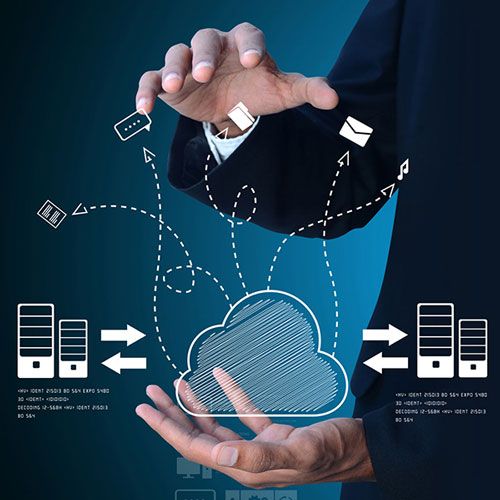Over the last 7 years or so we’ve seen several shifts in the way technology has helped shape how companies operate both externally towards their clients and internally towards their staff. These cover a range of areas including the demise of Blackberry as the dominant corporate mobile device, the ubiquitous rise of tablets, cheaper bandwidth and the continued rise in Cloud computing.
This latter topic is arguably the largest in terms of cultural shift after all people still fiercely guard their corporate data and IP and like to know their secrets are safely locked away in the basement.
The problem is the data and IP probably isn’t more secure in your basement as your firewall, password strategy and security probably isn’t a full time job for a team of professional technicians who live and breathe IT.
Most companies think they operate uniquely while, in my experience there are many common strands that flow between companies such as the need to communicate quickly with employees/clients, the need for a centralised data repository that provides everyone the latest version of ‘the truth’ and a means to create common media for the outside World.

In most cases this is email, ERP/financials/CRM and Office.
Traditionally people would invest in systems that lived onsite and comprised of a couple of Servers with failover in case one stops working, some common storage like a SAN/NAS, perhaps a hypervisor to create multiple virtual workloads on less hardware, backup to tape and a load of licensing. This has to be constantly patched, updated, migrated to new kit, kept secure, powered, cooled, warrantied, insured. If you have mobile users or branch sites then your Head Office becomes a single point of failure or at best a single point of congestion. You have to gamble that the kit you’re buying will be large enough to cope with your growth which in reality means buying tin so large you’re never making efficient use of it. It’s either so large compared to your actual requirement that it’s inefficient or not large enough to cope and needs replacing leading to a very small window or ‘perfect equilibrium’. Or else you change shape and are left with more kit than you need.
Applications are becoming more SaaS based (software as a service) where you pay monthly for the number of users that need it and can flex up/down as you need to. You no longer own licenses but instead rent the latest version of that service for as long as you need it.
We see this with Microsoft 365, Dropbox, SAP BYD, BOX, NetSuite and others all following suit. Adobe used to want to sell licenses, now they’d rather you rent them.
By moving your organisations practises to more of a SaaS model you can tailor the size of the investment in systems to your requirement rather than having to decide if the hardware platform you buy needs to accommodate you now or in 3 years time. By changing your spend profile from Capital to Opex you can spend the money that you save on more sales staff, marketing, SEO, a new website or anything that generates revenue rather than a larger than required asset depreciating in the basement.
You still need local AV, still need confidence that file permissions mean engineers don’t see the HR payslips, still need someone to help you if you delete that file and still need a process for adding new users/deleting ex users but this whole management piece becomes easier when using updated SaaS services rather than bespoke, bloated systems that a few people know the nuances of.
True collaboration becomes possible using tool like Skype, Teams and OneDrive reducing travel time/costs, opening up communication between different regions and teams, mobility increases and even allowing the use of personal devices becomes a reality as Cloud security allows greater user management.
As a Microsoft Gold Partner and Cloud Solution Provider with ISO 27001:2013 accreditation Codestone Solutions Ltd have the skills and experience to manage these transitions with you.
For more information about the costs, complexity and process of Cloud migration contact [email protected]



